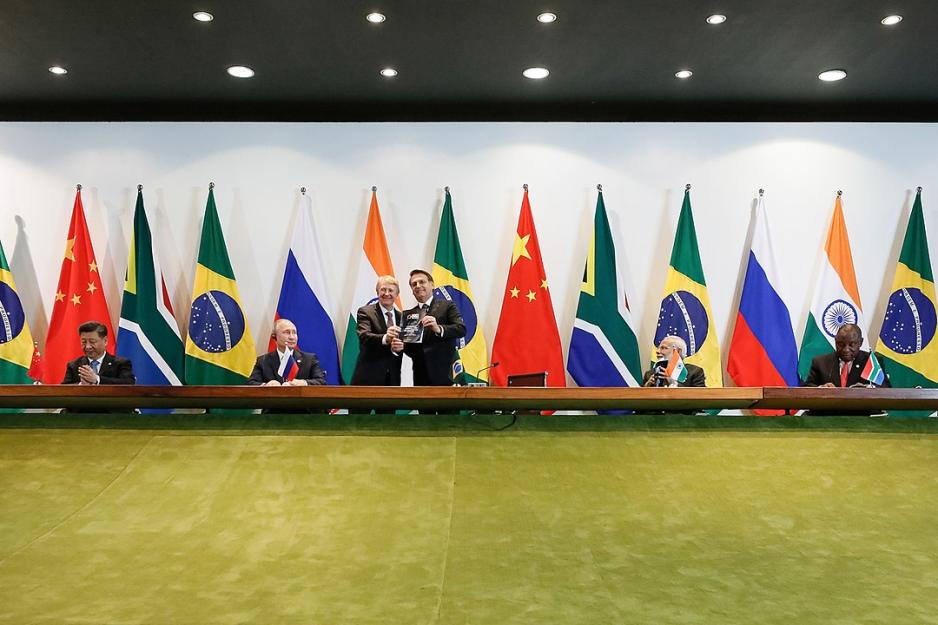Norway has selected France, the UK, Germany, and the US for discussions on a strategic partnership to acquire at least five new frigates. This decision follows an initial review of 11 countries, focusing on their security policies, existing frigate programs, and strategic interests in the High North. The partnership will also include cooperation in areas like operations, maintenance, and research and development. The Norwegian government aims to make a final decision on the strategic partner in 2025. (High North News)

Norway’s plan to acquire new frigates through a strategic partnership with a key NATO ally signals a significant investment in its maritime defense capabilities in the High North. This highlights Norway’s growing focus on Arctic security, an increasingly important issue as climate change opens up new sea routes and resource opportunities, and as Russia increasingly focuses on local militarization. Enhanced anti-submarine warfare capabilities—Norway’s core requirement for the new frigates—are particularly relevant, given the rising strategic importance of the Arctic Ocean and Norway’s proximity to Russia. Arctic cooperation among NATO countries will likely be bolstered by this partnership, especially as Norway seeks to align itself with an ally that shares long-term regional security interests. By strengthening ties within NATO, Norway enhances its ability to conduct joint military exercises, share intelligence, and coordinate responses to potential threats, particularly in contested maritime spaces. This reinforces NATO’s collective presence in the Arctic as well as its collective anti-submarine capabilities. However, Norway’s increased naval capabilities and closer defense cooperation may heighten tensions with Russia, which views the Arctic as a critical area for its own strategic interests, including its nuclear deterrent forces based on the Kola Peninsula. Russia has been expanding its military footprint in the Arctic—including enhancing its cooperation with China—and Norway’s frigate acquisition will likely be perceived as part of NATO’s broader containment strategy. As a result, this move could contribute to further militarization of the Arctic and exacerbate regional tensions between Russia and NATO countries. (Arctic Review on Law and Politics, Center for Strategic & International Studies, North American and Arctic Defence and Security Network, Politico)





Average Rating